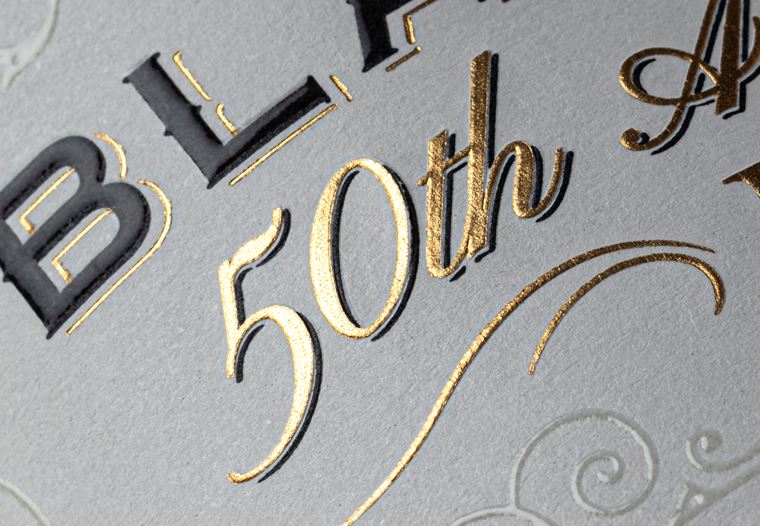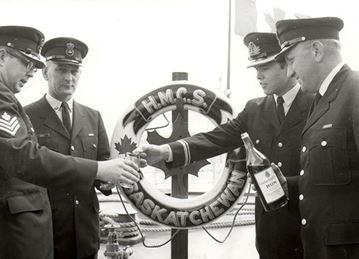

Tales of the Tot
SUGARCANE SPIRITS - THE EXTENDED FAMILY OF RUM

It can be hard to distinguish between all the different types of sugarcane spirits when first starting your rum journey, with many of the variants in the list below pre-dating Caribbean Rum by a century or more. Here we break down some of the main differences between them all to help give you a basic understanding of all the various terminology for rum, its variants, its predecessors, and its distant sugarcane cousins.
SUGARCANE AGUARDIENTE
Origin - Various
Aguardiente comes in many forms, but you will often hear it used in relation to a distillate of sugarcane juice. In countries with a one or two year minimum age requirement for rum, aguardiente is sometimes referred to as the distillate before it reaches the age required to be called ‘rum’. Because of the umbrella term that aguardiente represents, you’ll need to ask specifically what was fermented and added to it to see whether it represents a close relation to rum or not.
BATAVIA ARRACK
Origin - Java, Indonesia
Batavia Arrack originates from Java, Indonesia - you’ll find either a sugarcane juice or molasses base, fermented with the addition of red rice cakes that help propagate local yeasts and give a distinctive flavour profile. Rum can only ever be from 100% sugarcane by-products, so the addition of rice in the fermentation here makes this distillate a distinct category apart. It’s still a hugely popular spirit though, and found popularity in the 1800s with bartenders in the West as a popular base for punch bowls.
*Not to be confused with ‘Ceylon Arrack’ (distilled from fermented coconut palm flowers) or ‘Arak’ which is an anise-flavoured distillate, ‘Batavia Arrack’ is the only version with a sugarcane byproduct in its fermentation, hence its addition here.
CACHAÇA
Origin - Brazil
The national spirit of Brazil, Cachaça is thought to predate Caribbean rum by almost a century. Sugarcane juice is fermented and distilled, and to be called Cachaça it must be bottled between 38-48% ABV, with a maximum of 6g/Litre of additional sugar added (though more heavily sweetened versions do also exist). You’ll find both pot still and column still variants on Cachaça, and a good rule of thumb is wherever you find people drinking Cachaça, a party is sure to follow soon (if it’s not already happening!).
AGRICOLE RHUM
Origin - Martinique, Guadeloupe, Marie-Galante
Distilled from fermented sugarcane juice, Agricole represents beautiful, grassy, fresh tasting rum. Agricole simply means ‘agricultural’ in French, and is representative of the very localised terroir involved with distilling sugarcane juice - unlike molasses that can be stabilised and fermented months after production, sugarcane juice will naturally start to ferment within hours of sugarcane being crushed, making it necessary to only harvest local cane.
Martinique in particular has its own A.O.C. (Appellation d’Originee Controlee) which a list specifying the exact requirements to be met in order to bear the label A.O.C. Martinique Rhum (think similar to regulations required for Champagne or Cognac). The regulations include requirements for everything for which cane varietals can be used, required fermentable sugar content (brix) for the sugarcane juice, length of fermentation (no longer than 72 hours), and specifications for the column stills that must be used (no pot stills here!)
For further reading into all the rules and regulations around French Rhums, we recommend checking out Cocktail Wonks cheat sheet here - https://cocktailwonk.com/2017/04/french-connection-cheat-sheet-french-caribbean-rhums-aoc.html
CLAIRIN
Origin - Haiti
If Agricole is sugarcane juice distilled to be light, delicate, and well regulated, Clairin is its rebel cousin. Distilled in rustic pot-stills from wild-fermented sugarcane juice, there are hundreds of distillers dotted around Haiti, each offering their own unique variants on this beautiful Haitian spirit, many making just enough for their local village.
RON & SOLERA RON
You’ll often see Ron on labels from Spanish speaking countries. There are a huge number of wonderful Rons coming from all across South America and the Caribbean; Cuba, Guatemala, Puerto Rico, Panama, Peru, Nicaragua, Venezuela - all are likely to bear the ‘Ron’ moniker. We recommend avoiding the term ‘Spanish style’ rum, as each country has its own heritage and style, and there are far more differences than commonalities. The only trend you will find is that most of these countries favour column distillation (though in Venezuela you’ll find pot stills used in blends too).
RUM
It’s often said that rum has no rules. Well, that isn’t true. Rum has lots of rules - so many in fact that it can feel like anything goes. However, just as there is no ‘one rule’ for whisk(e)y (Scotch, Bourbon, Irish, all have different subsets of rules), you’ll find local traditions and customs for each of the rum producing islands and countries. Some rules are codified into law and Geographical Indicators (GI). Some islands are currently pushing for these GIs to be established. And some places just do their own thing. Rum is such an umbrella term that even Rons and Rhums and Clairins and all the others end up being just thrown into the same category, making it even more hard to distinguish. We firmly believe in provenance of rum being the best categorisation - so whether you like Jamaican Rum, Barbados Rum, Guyanese Rum, or another - narrowing down the country of origin and understanding the local style is by far the best way to denote the style of rum you’re looking for.
OVERPROOF RUM and 151
Overproof rum denotes any rum over 57.15% ABV (which is UK proof). If you see a ‘151’ rum, this is a 75.5% ABV Rum (converted into the American numbered proof system which doubles the ABV, hence 151). There are a tremendous range of 151s, many of which have been discontinued, some which have survived but have changed their recipe over the years, and many more that are only available on the island locally. A famous example in a cocktail you may have heard of is Don Beachcomber’s Zombie, created in 1934, which used Lemonhart 151.
Fun fact - aviation rules mean that you can no longer take a rum (or any spirit) 70%ABV or over on a plane, as it is considered far too flammable (as many rum bars will confirm for you). So, you’re going to have to drink that bottle before you get to the airport - we recommend sharing it with quite a large number of friends.
NAVY RUM
Navy Rum today is often used as an umbrella term, usually used to signify a dark, heavy, sweetened rum, typically from Trinidad or Guyana (or both). But the real Navy Rum blend was so much more than this - it comprised rums from all around the world, shipped in casks at sea, and blended continuously for decades in open wooden vats. Since the Navy Rum decommissioned the blend in 1970, the only way to taste the real thing is to stumble across a Navy flagon in someone’s personal collection, or to treat yourself to one of the last bottles of Black Tot Last Consignment. As this rum is extremely limited and can not be recreated today, we are now working to create new blends inspired by this Navy Tradition, such as Black Tot Finest Caribbean. We have reintroduced Jamaica into the blend (because we love a little ester funk in our rum) and we’ve blended that with traditional rich Guyana rum and tropical Barabados rum - we hope you love it!
SPICED RUM
Many people start their rum journeys with spiced rum - almost every bar and restaurant will have a bottle, and it’s often the most reasonably priced rum available. These are often young or unaged column still rums, with the rum itself not being particularly flavourful, relying instead on the addition of colour and flavours/spices. Be especially careful to make sure your favourite spiced rum actually says ‘rum’ on the label - many are too low ABV to meet the requirement. That said, there are many terrific spiced rums that use older rums, a higher ABV, and real spices. If you enjoy spiced or flavoured rum, we recommend finding these producers that only add real ingredients to a full flavoured rum - it’ll taste much better!
FLAVOURED RUM
Similar to spiced rum, flavoured rums are commonplace with a whole variety of different flavours on offer, like banana, coconut, and pineapple. Only a small handful of these are made with the real ingredients, and they tend to be exceptional when they are (though may cost a little more). Trust your nose and tastebuds, and look for producers that are committed to using real ingredients in their infusions and distillates - your piña coladas will thank you for it.




